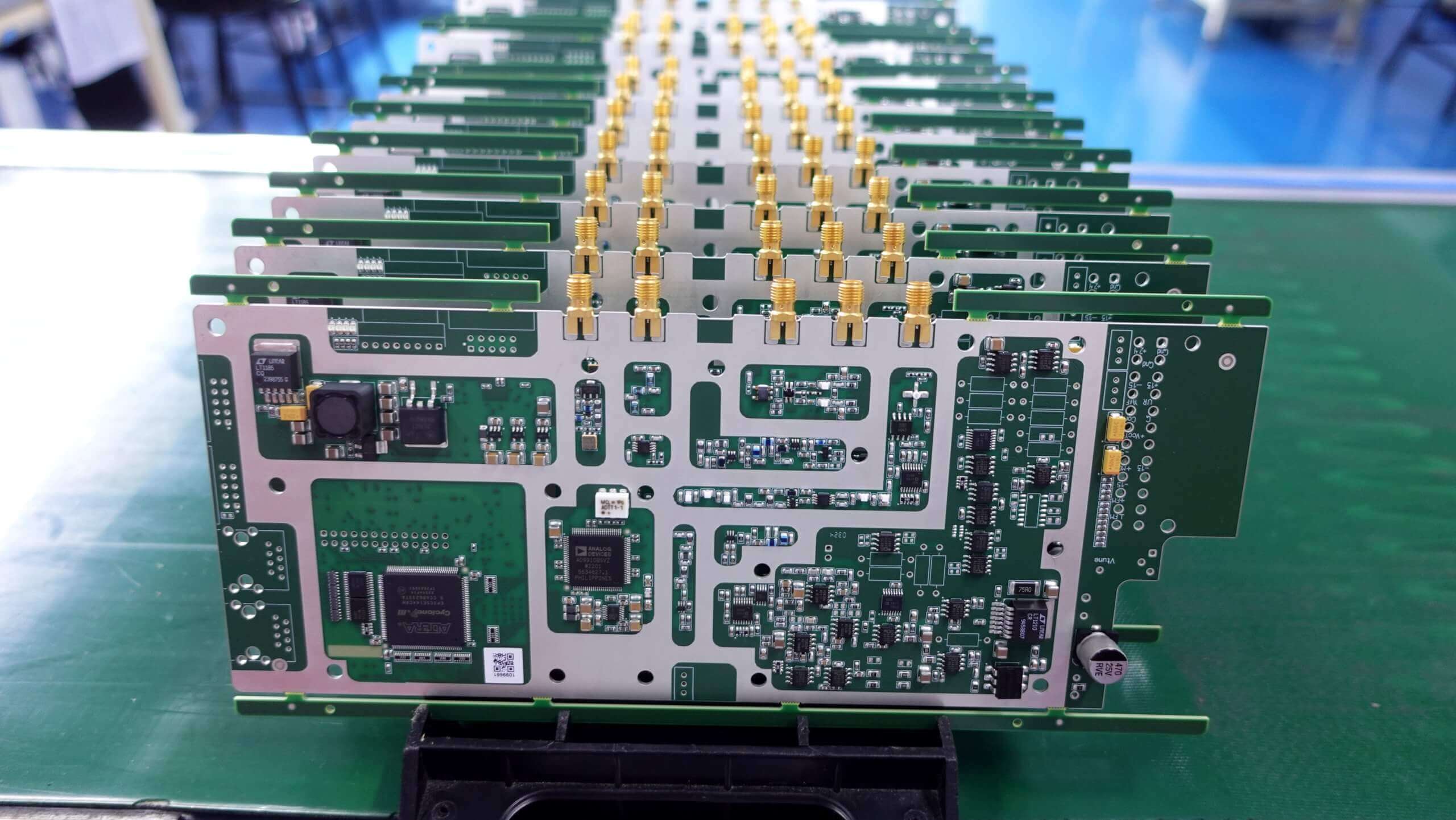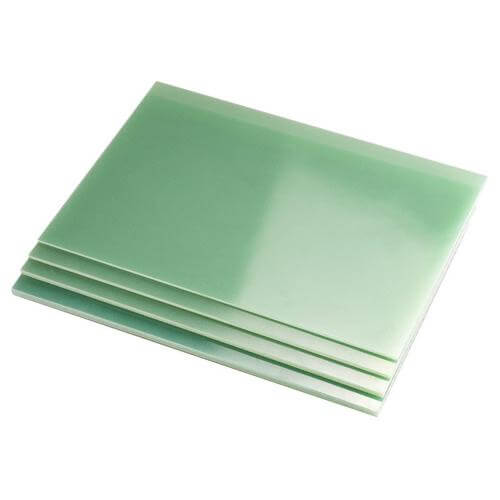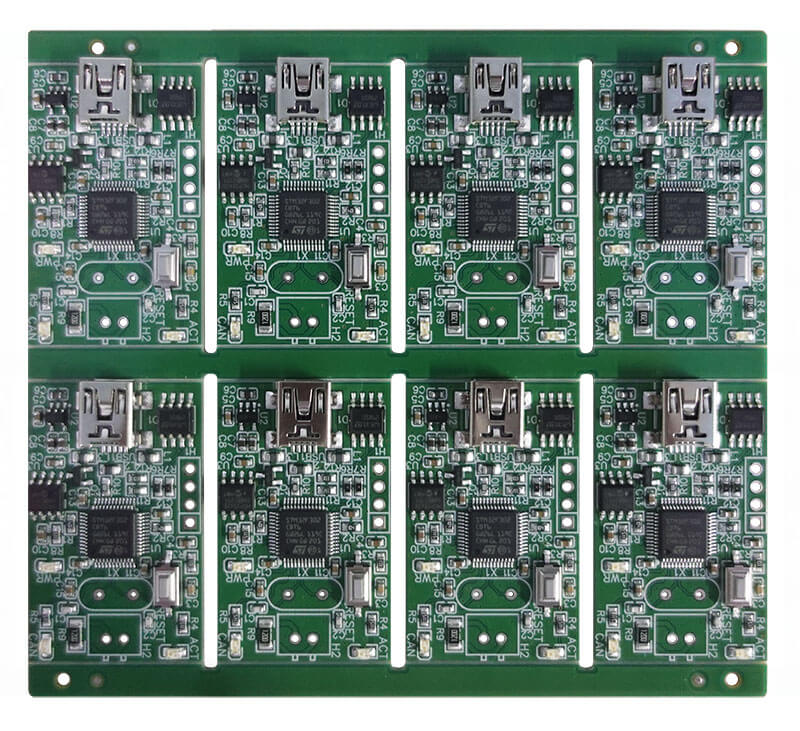Wondering what is a motherboard vs. circuit board? If you are unclear about the difference between the two, then you are surely not alone. The majority of people feel confused about these terms. But don’t worry; this article will help you understand.
By the end, you will know what sets a motherboard apart from a circuit board and how both are important.
So, let’s begin.
What is a Circuit Board
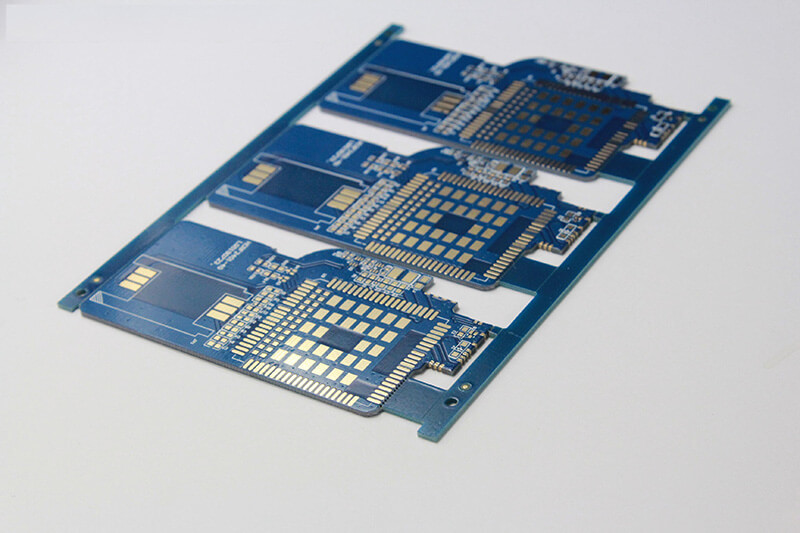
A circuit board is a flat, insulating board that supports electronic circuits. It is made with electronic components like transistors, resistors, and capacitors. These components are mounted onto pathways that are formed from conductive tracks, often made from copper.
There are circuit boards of all sizes and forms, developed for different appliances. They are not limited to just computers; you’ll find them in a wide range of electronic devices.
For example, smartphones, televisions, and household appliances all rely on circuit boards to function.
Such versatility renders a circuit board a very basic component in the world of electronics, enabling the complex operations of various gadgets we use daily.
What is a Motherboard
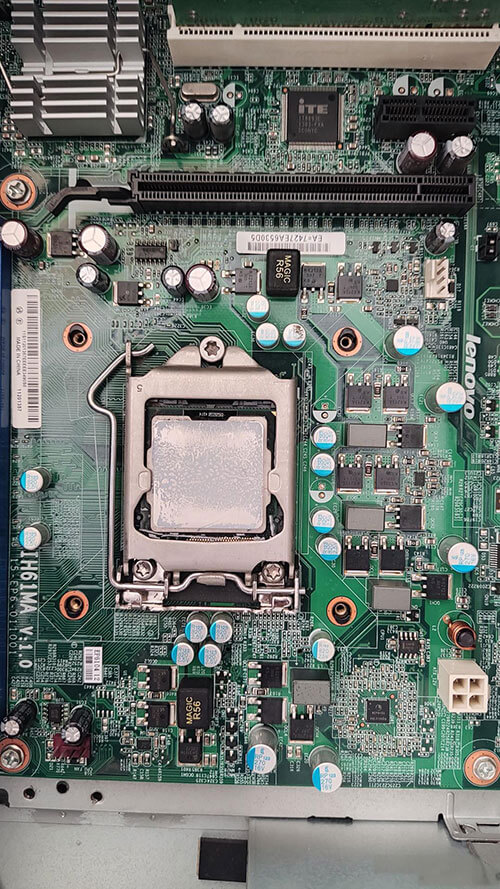
A motherboard is a specific kind of circuit board with an important purpose, as it holds and connects computer essentials. It is different from circuit boards because it is always self-supporting and has interconnections with a CPU, RAM, storage drives, and add-in cards.
It works as an indwelling element that forms the nerves of the computer system and oversees effective communication and coordination among others.
The motherboard is designed with specific slots and connectors for the components so, therefore, everything will snap in place and work accordingly, making it a vital element in any computer setup.
Now let’s discuss the differences and functionalities of the motherboard and circuit board in detail.
Motherboard Vs. Circuit Board: Key Differences and Functionalities
Here’s how the motherboard and circuit board are different:
- Specificity
The motherboard is a unique circuit board made for the sole purpose of assembling and bundling support for a computer operating system. This is where all the computer’s important components are placed and interconnected.
On the other hand, a general-purpose circuit board is quite versatile and can be used in other unrelated applications and electronic devices, from mobile phones and remote controls to refrigerators and electric shavers.
- Components
One of the major differences when comparing a motherboard with a basic circuit board is in the number and type of components that it supports. A motherboard houses the slots and connectors designed to contain and connect core components of the computer, such as the CPU, RAM, storage drives, and video or graphic cards.
These slots and connectors are made in a special kind of way so that they function and communicate with one another for the purpose of bringing forth the expected results.
On the other hand, a generic circuit board will have only simple basic components like resistors, capacitors, and transistors without slots to hold up computer hardware.
- Complexity
Well, motherboards are more complicated than other PCBs due to their specialized function and the immense number of connecting components they necessarily incorporate.
They embody multiple functions, such as managing data flow, power distribution, and connectivity to peripherals—everything, in one board.
This brings about the requisite complexity to support the functions in a computer system and makes the motherboard such a critical but complex part of any computer system.
Final Words
Knowing the difference between a motherboard and a circuit board is important. A circuit board is used in many devices, while a motherboard is made specifically for computers.
It connects and supports key parts like the CPU, RAM, and storage drives. Understanding these differences helps you appreciate their roles in technology. Whether you’re building a PC or just curious about your gadgets, this knowledge will make things clearer and easier to understand.
FAQ
Here are a few interesting things you must know:
Can a general circuit board be used to assemble a PC?
If you are building a PC, you need a motherboard specifically designed for your chosen CPU and other components. That’s because each type of motherboard has very specific slots for every kind of component and similarly specified connectors.
A generic circuit board won’t work because it doesn’t have the right features for a computer. To build a successful PC, you must use a motherboard that matches your components perfectly..
What is a daughterboard?
The term “daughterboard” may throw you off. It is essentially a smaller circuit board that fits into a specific socket on the main motherboard to actually implement some special functions.
Some motherboards come with extra slots for these daughterboards. Knowing this helps you understand how motherboards can be expanded and customized.
Are circuit boards only for computers?
Circuit boards aren’t just for computers. You’ll find them in smartphones, TVs, and household appliances. These boards are essential for the operation of all electronic devices. Whether it’s a high-tech gadget or a simple appliance, circuit boards make these devices work.


